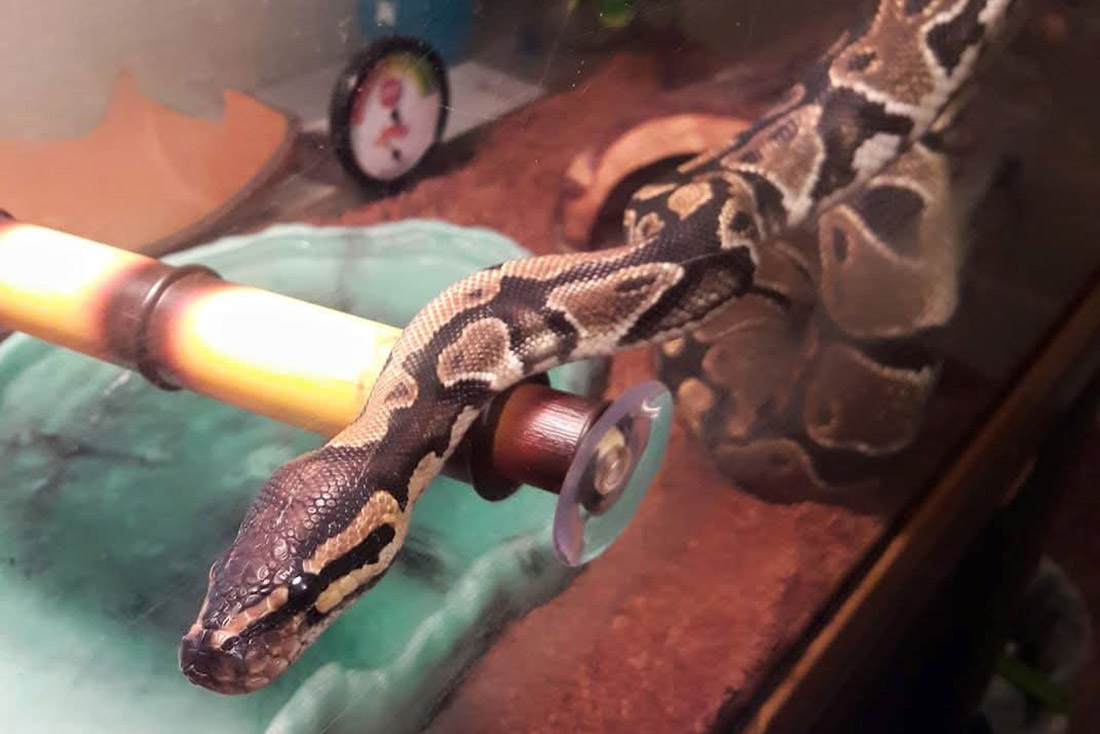Four years ago, scimitar-horned oryx were reintroduced to Chad. This was 30 years after the elegant two-horned animal was declared extinct in the wild. But now, thanks to a dedicated team spanning countries, oryx aren’t just roaming the dry plains of the Sahara again. They’re breeding, and their calves have grown up, and they’re breeding, too.
“The reintroduced population is now so large and spread out across the [Ouadi Rimé-Ouadi Achim Wildlife] reserve, that we can no longer keep track of each individual oryx,” says Dr. Katherine Mertes, a Smithsonian scientist involved in the collaborative project.
Talk about a good problem to have.
In 2017, Conservation Nation contributed to the project by purchasing GPS cameras to install on some of the satellite collars used to track and observe reintroduced oryx. Almost every released oryx wore a collar. This tech allowed collaborators monitoring the oryx at the Sahara Conservation Fund and the Zoological Society of London to receive updated locations for every individual oryx every 12 hours.
The movement data proved informative, giving the team insights into why some oryx, which were released in separate groups, fared better than others. Dr. Mertes suspects that those individuals more accustomed to foraging and moving across greater distances before their release are more likely to thrive.
Since August 2016, 169 oryx have been reintroduced; more than five females have had four calves; and more than 20 females have had three calves. Over 75 percent of those calves have survived to 6 months or older—an excellent rate.
But the project hasn’t been without setbacks. In 2018, some oryx were lost to Rift Valley Fever, a mosquito-borne virus not officially listed as present in Chad by the World Organization for Animal Health (OIE) until the outbreak that year. Since then, in addition to vaccinating animals, researchers have collaborated with wildlife and agricultural vets, locally and internationally, to understand the dynamics of wildlife and livestock diseases in the reserve.
And the increased oryx population has presented new challenges. This “good problem to have,” requires a full re-think of the strategy to monitor and manage the population, Dr. Mertes says.
Nonetheless, the team has celebrated some significant milestones along the way.
“Observing the first wild-born calf of a wild-born calf was an amazing moment,” Dr. Mertes says. “However, perhaps even more dramatic was the first time our Chadian field monitoring team lead, Krazidi Abeye, successfully ear-tagged a wild-born calf.” Along with other members of the monitoring team, Abeye had recently been trained just this year to tag oryx by the Environmental Agency of Abu Dhabi.
The team will continue to add oryx to the reintroduced population, all while tracking where the new wild oryx wander and graze in their reclaimed native habitat. Stay tuned for more updates as the herd grows yet more.
This project was made possible because of the international partnership of the Environment Agency of Abu Dhabi, the Sahara Conservation Fund, and the Government of Chad, with technical advice and support from Smithsonian Conservation Biology Institute and the Zoological Society of London.








